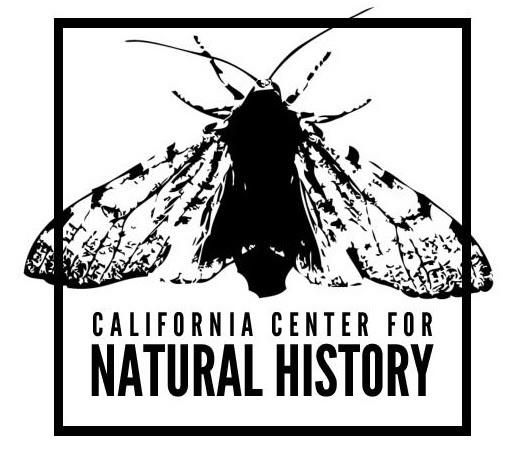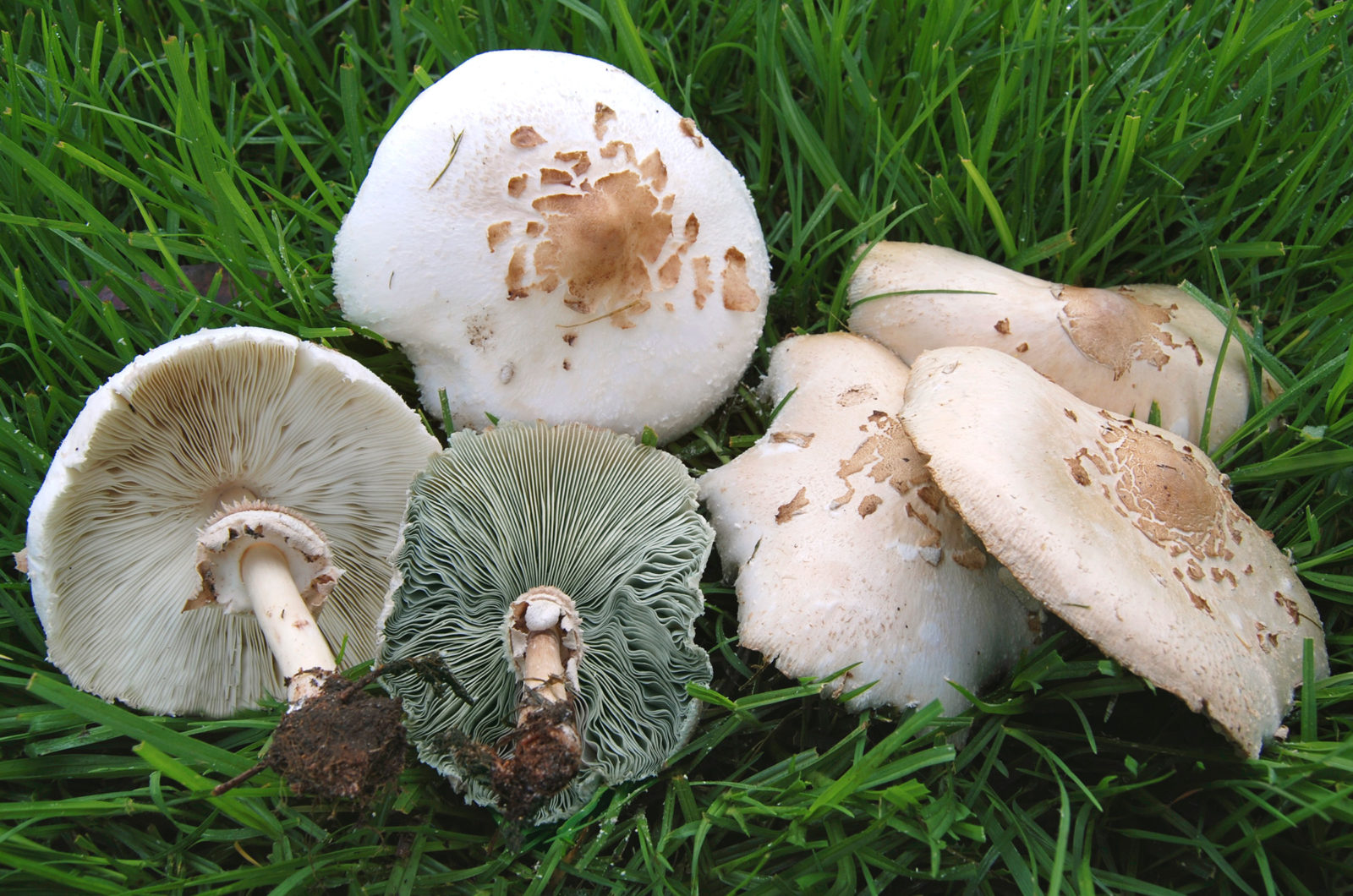What are some the biological consequences of climate change in Northern California?
Many of our worries about climate change have to do with the direct nonbiological consequences it may bring: sea level rise, drought, hurricanes, fires. These are obviously important questions when it comes to planning for the future. But there are also biological consequences to worry about, and some of these are already at the forefront of our attention. Fears of extinction, destabilized food webs, and mistimed migrations abound.
But another category of predicted impacts on organisms due to global warming has to do with biogeographic changes. What is biogeography? Fundamentally, it is the study of where organisms live on the planet. You can think of it as an equal blend of cartography and biodiversity inventorying. The simplest prediction about biogeographic patterns on a warming earth is straightforward: As temperature regimes change, habitats change, and the organisms that live in those habitats move around over the surface of the Earth in response. However, the details of these changes for any particular species are quite complicated, and the specifics have significant corollaries for the health of ecosystems and for human health more directly.
Some of these biogeographic changes are already at hand, and might seem benign, trivial, or even delightful: New cicadas spreading outwards from the deserts of the southwest, subtropical plants creeping northwards over our borders, formerly rare birds and butterflies gracing our shores and shrubberies … a little added biodiversity as a spice to flavor our troubled times!
But there are examples of biogeographic change with more explicitly concerning through-lines of cause and effect. Just in the past decade, species of mosquitoes in the genus Aedes have colonized California (initially through human transport, not directly due to global warming). They’re now rapidly spreading in parts of the state, facilitated by warming temperatures. These mosquitoes can transmit a wide range of serious viral diseases including Chikungunya, West Nile, and Zika. But these viruses have a fairly well-understood “envelope” of temperatures within which they can survive.
Warmer temperatures over more of the world’s surface along with expanding populations of mosquito vectors will mean that diseases like Zika and Chikungunya will soon will reach many more human bloodstreams. These newly exposed people will mostly live in communities without extensive histories of exposure to these pathogens, and whose naïve immune systems will thus be more negatively impacted by infection. In April 2019, the state government of California released an updated version of its comprehensive Mosquito-borne Virus Surveillance and Response Plan. This is a heartening sign – at least at some levels of government, the changes we face are being taken seriously.
Other examples of biogeographic shifts might seem esoteric at first blush, for example, that of a mushroom called the green gill parasol (Chlorophyllum molybdites). This is an eye-catching species characterized by whitish caps flecked with brown scales perched atop tall white stems, usually found growing in impressive groups and rings on lawns. Green gill parasols have been spreading rapidly northwards through the central United States, and are making headway up the California Coast as well. But a close study of the distribution map of this species reveals that it is not the raw values of rising temperatures or even increasing average temperatures that seem to be driving this species into new territory. A promising hypothesis is that the distribution of this species is closely tied to areas with prolonged periods of sufficiently warm nighttime temperatures.
It’s this kind of subtle, second-order driver that shows us that even seemingly trivial examples of biogeographic changes may be more relevant to us than they might first seem: In this case, the expanding range of this species can be understood as an indicator of another pattern that has emerged from meteorological data, namely, the asymmetric effect of global warming on nighttime vs. daytime temperatures.
This pattern has been investigated in a number of studies, and although the signal is complicated, in many places global warming is driving a faster increase in nighttime temperatures than daytime temperatures. While this may be good for parasol mushrooms, from the perspective of humans this pattern is uncomfortable and dangerous. Scientists have linked warmer nighttime temperatures to increased incidence of sleep loss, various kinds of morbidity, and violence.
As climate change continues to warm the summer nights of my home on the central California coast, it seems only a matter of time until green gills start to appear in my neighborhood. And in them I’ll see a harbinger of more sweaty, restless nights for me and tens of thousands of other folks, as well as all the downstream consequences of sleep deprivation they portend. Perhaps a mosquito will be buzzing around my ears as I ponder these new critters on the block.
Encouraging people to pay attention to the creatures that surround us may help convince those still in denial that things are changing, and rapidly; narrativizing and publicizing these changes will help to amplify the effect. Moreover, scrutinizing the drivers of biogeographic change in an attempt to understand their mechanisms may give us precious early clues, insights, and lead time in the face of a challenge defined as much by global scale as by the stunning speed with which it is bearing down on us.

Ask the Naturalist is a reader-funded bimonthly column with the California Center for Natural History that answers your questions about the natural world of the San Francisco Bay Area. Have a question for the naturalist? Fill out our question form or email us at atn at baynature.org!





